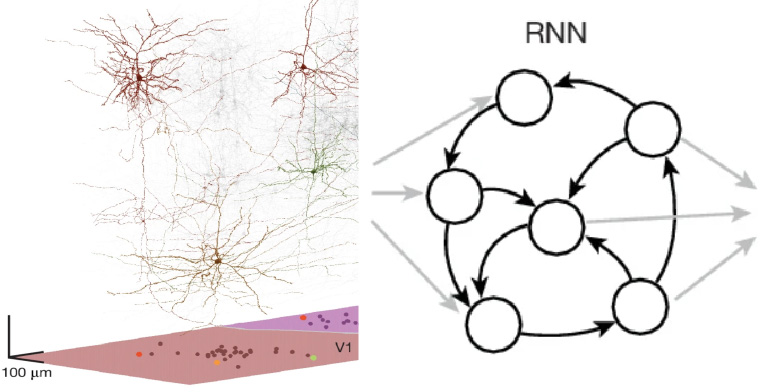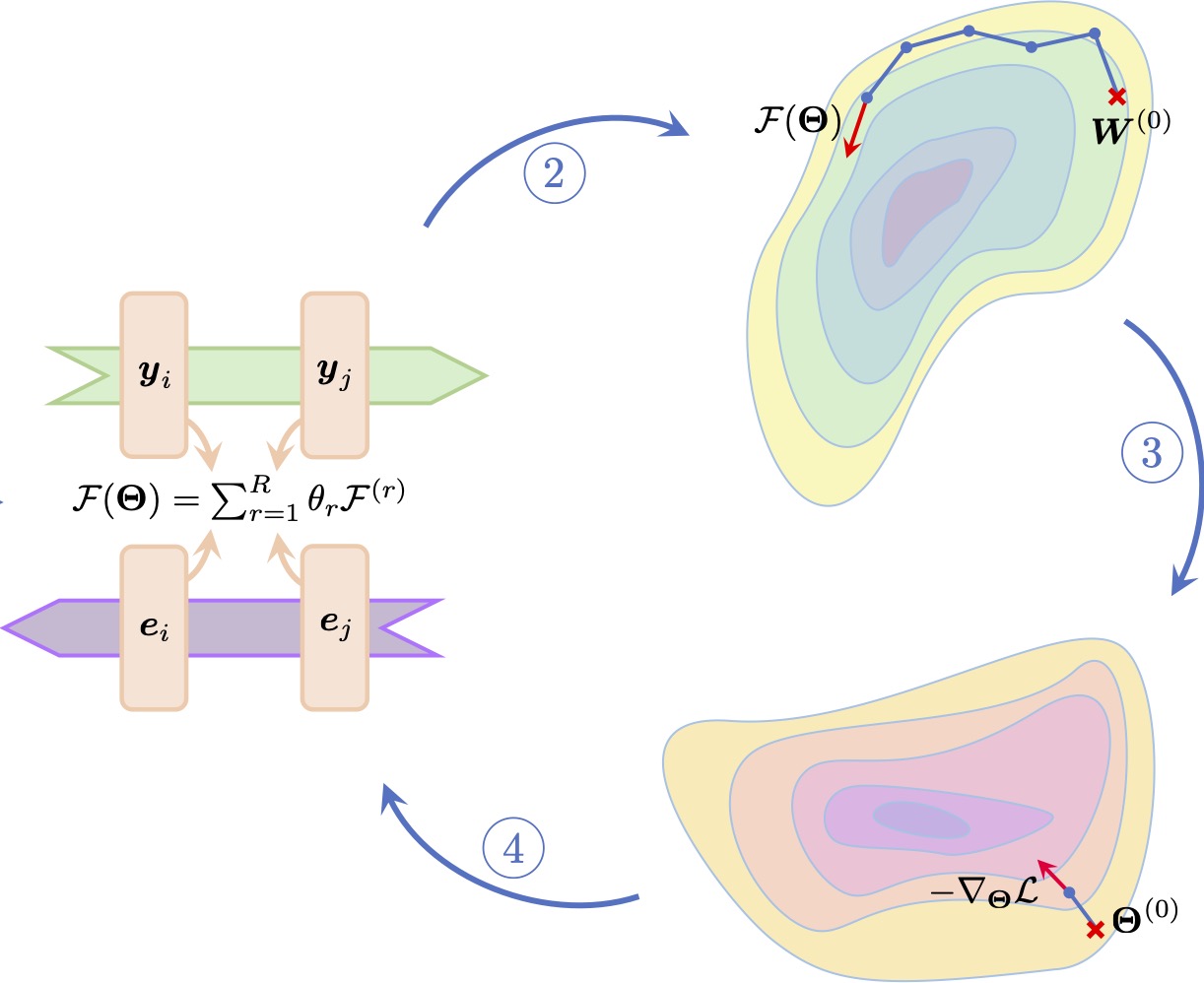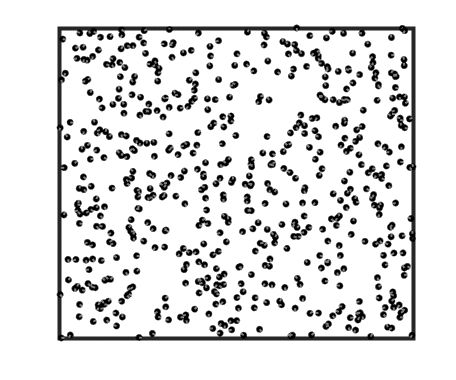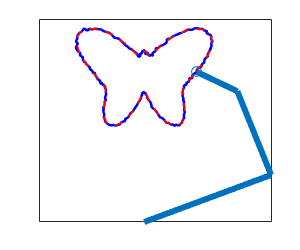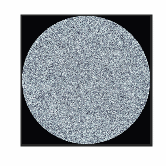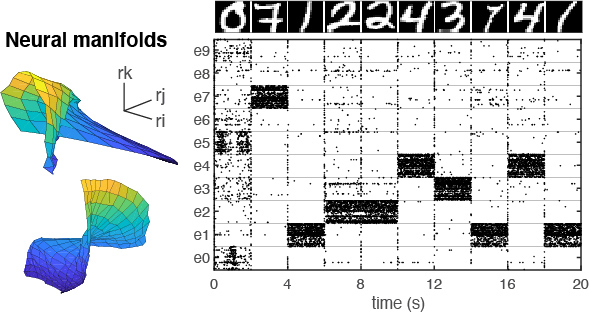|
A collaboration with experimental neuroscientists showed that wiring rules emerging in trained recurrent neural network are similar to those measured in neural circuits in the brain (see Ding et al., Nature, 2023).
|
New computational neuroscience textbook with freely available PDF and Pythonn Notebooks (Rosenbaum, MIT Press, 2024; available from
Amazon).
|
Postdoc Navid Shervani-Tabar used meta-learning to discover biologically plausible plasticity rules (see Shervani-Tabar and Rosenbaum, Nature Communications, 2023).
|
|
Undergraduate student, David Connelly, studied synaptic scaling laws that arise from axonal growth dynamics.
|
PhD student Vicky Zhu derived a re-parameterization that improves learning of long term dependencies in recurrent networks (see Zhu and Rosenbaum, Neural Computation, 2024).
|
PhD student, Ryan Pyle, modeled cortical and basal ganglia contributions to motor learning by combining reinforcement and unsupervised learning rules for recurrent neural nets (see Pyle and Rosenbaum, Neural Computation, 2019).
|
|
Mathematical analysis and empirical tests clarify the relationships between predictive coding and backpropagation in deep neural networks (see Rosenbaum, PLoS One, 2022).
|
Stochastic analysis, spiking network simulations, and a collaboration with experimental neuroscientists showed how spatial connectivity structure shapes correlated variability in neural circuits (see Rosenbaum et al., Nature Neuroscience, 2017).
|
Undergraduate student, Gabrielle Thivierge, used integro-differential equations to model visual hallucinations evoked by pattern forming dynamics in visual cortex.
|
|
PhD students, Cody Baker and Vicky Zhu developed a mathematical approach for studying nonlinear stimulus representations in cortical circuits with balanced excitation and inhibition (see Baker, Zhu, and Rosenbaum, PLoS Comp. Bio., 2020).
|
PhD student, Ryan Pyle, used Fokker-Planck approaches to
explain pattern-forming instabilities that improve the computational power of recurrent spiking neural networks (see Pyle and Rosenbaum, PRL, 2017).
|
PhD student, Christopher Ebsch, showed how excitatory-inhibitory balance determines neural circuits' responses to natural and optogenetic stimuli (see Ebsch and Rosenbaum, PLoS Comp. Bio., 2018).
|
